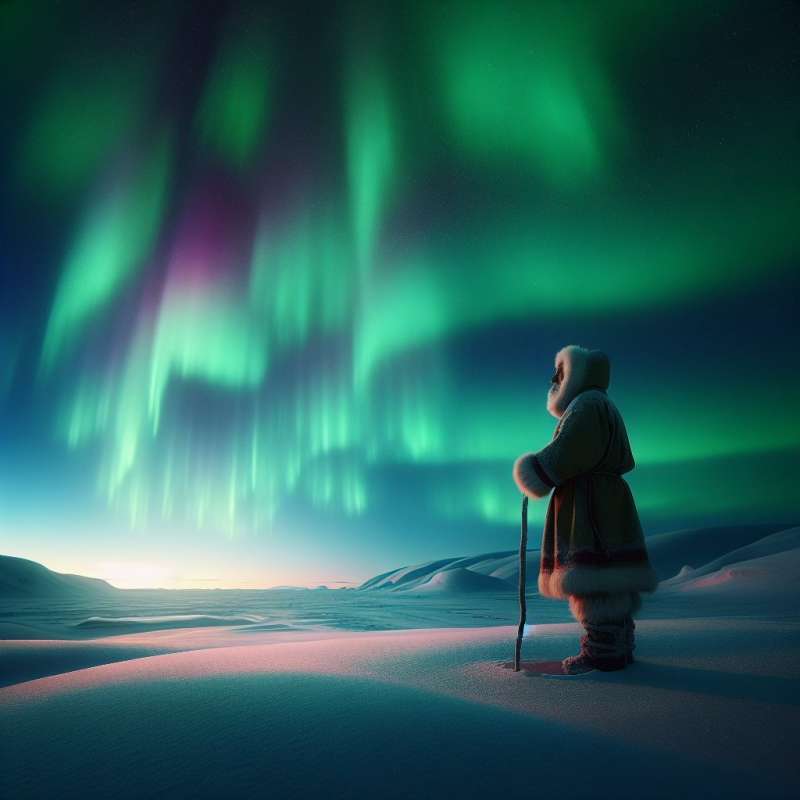
Northern Lights Introduction
The Northern Lights, or Aurora Borealis, are a celestial ballet of light dancing across the night sky, predominantly seen in the Arctic regions, caused by collisions between electrically charged particles from the sun and Earth's atmosphere.
Historical Observations
Auroras have been witnessed for millennia. Ancient civilizations, perplexed by their magnificence, often attributed religious or supernatural explanations. The lights are mentioned in texts from Babylonian, Greek, and Roman times, reflecting humanity's long-standing awe.
Cultural Significance
To the Vikings, auroras were reflections of the Valkyries' armor. Indigenous peoples had diverse interpretations, from spirits of ancestors to omens. Each culture's lore encapsulates a unique relationship with this natural phenomenon.
Scientific Breakthroughs
The scientific understanding of auroras advanced with Galileo's 1619 naming after Aurora, the Roman goddess. In the 18th century, regular sightings in lower latitudes spurred studies linking auroras to geomagnetic activity.
Modern Research Developments
20th-century space exploration and technological innovations enabled detailed aurora studies. Satellites and ground-based observatories uncovered the solar wind's role and the Earth's magnetic field's influence in shaping auroral displays.
Uncommon Auroral Events
Rarely, auroras are seen closer to the equator. The strongest geomagnetic storms, like the 1859 Carrington Event, can push auroral visibility down to Cuba or Hawaii. Such events may disrupt satellites and power grids.
Future of Aurora Studies
With advancements in space weather forecasting and a new focus on protecting technological infrastructure, understanding auroras is more crucial than ever. It also remains a compelling attraction, drawing tourists worldwide.Aurora on Other Planets
Auroras occur on Jupiter and Saturn too! Their powerful magnetic fields create stunning light shows, much larger than Earth's northern lights.
What causes the Northern Lights?
Solar particles and atmospheric gases collision
Reflections of sunlight on Arctic ice
Moonlight passing through Earth's magnetic field
Company